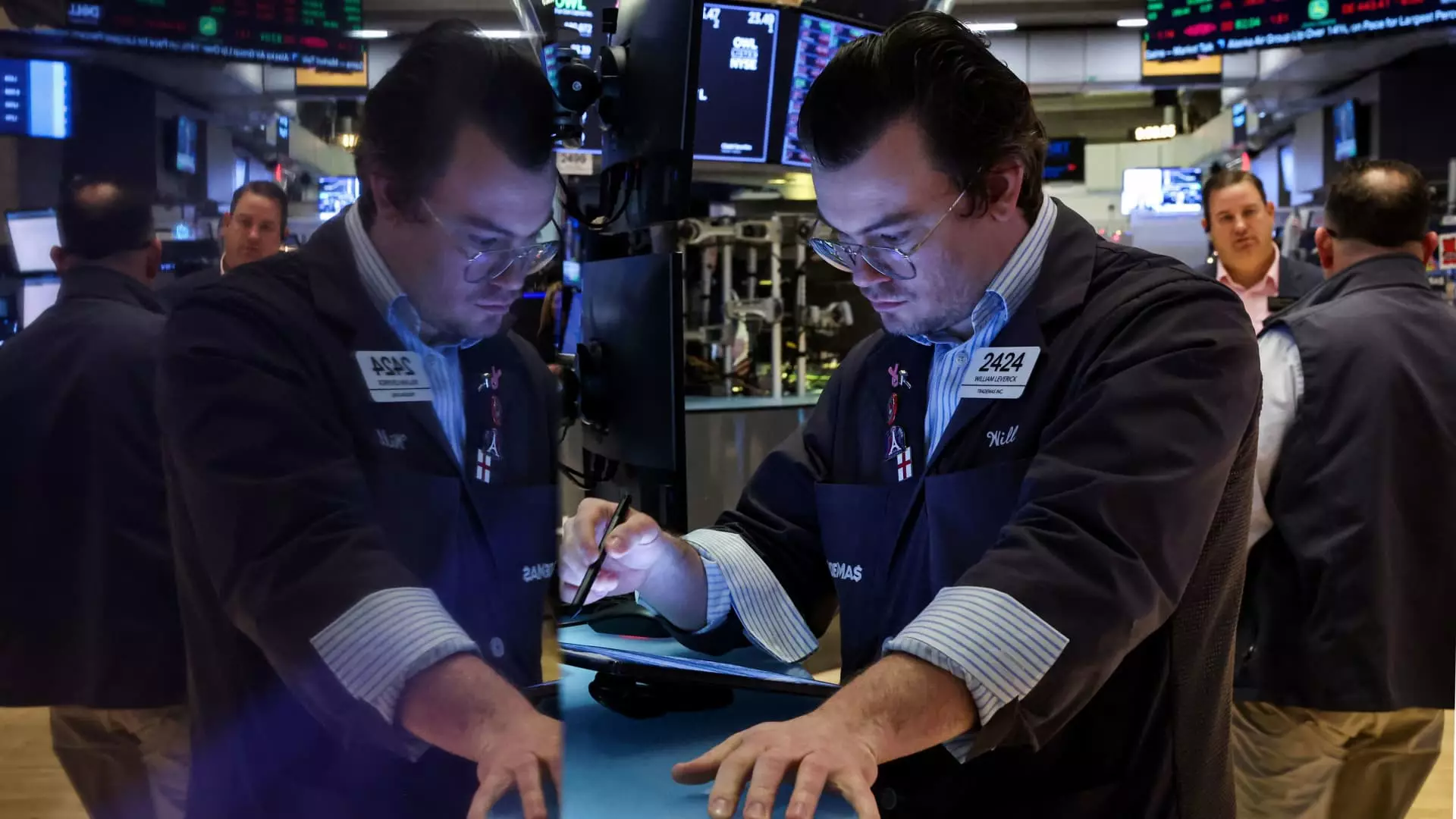The Dow Jones Industrial Average (DJIA) is currently engulfed in a downward spiral, enduring a nine-day losing streak that has grabbed the attention of financial analysts and investors alike. This is poised to be the longest downturn for the index since February 1978, sparking discussions about potential economic implications and investor psyche. Analyzing the dynamics behind this trend reveals both sector-specific issues and broader market reactions that are shaping the landscape of today’s investment environment.
A significant portion of the declines in the DJIA can be traced back to a few underperforming stocks, with UnitedHealth leading the pack as the most substantial laggard. The insurer has seen a staggering drop of 20% in December alone, primarily due to a broad sell-off triggered by political rhetoric aimed at disrupting the pharmacy benefit management industry. The unfortunate fatal shooting of UnitedHealth’s insurance unit CEO, Brian Thompson, has compounded negative sentiment surrounding the company. The insurance sector’s struggles illustrate how external factors can directly impact stock performance and, by extension, the broader index.
Moreover, a noticeable investor rotation poses challenges as well. Stocks traditionally viewed as favorable during economic highs—like Sherwin-Williams, Caterpillar, and Goldman Sachs—are seeing declines of at least 5%. These firms had previously benefitted from optimism over pro-growth policies but are now experiencing a market correction that weighs on the index collectively. Given that the DJIA often serves as a barometer for broader economic conditions, the struggles of these companies amplify concerns for investors.
Despite the DJIA’s struggles, a wider examination of the market reveals a more nuanced picture. Notably, the S&P 500 and the tech-heavy Nasdaq Composite have been thriving, with the former hitting new highs in the same timeframe that the DJIA falters. This divergence between the performances of the Dow and other indices raises questions about the significance of the current downturn. Investors seem cautious yet optimistic, with many expecting continued economic growth into 2025, starkly different from the societal fears reminiscent of the stagflation era of the late 1970s.
Though jobless claims have shown slight upticks, indicating potential economic fragility, the overall sentiment remains buoyed. Therefore, while the DJIA’s losing streak is alarming, the context shows it does not reflect a systemic failure. Instead, it may just be a temporary anomaly within a healthy market backdrop.
Inherent Limitations of the Dow and its Metrics
A crucial factor in this discussion is the DJIA’s structure as a price-weighted index. Unlike the S&P 500, which employs a market cap weighting that allows it to capture broader market shifts, the DJIA is constrained by its focus on only 30 companies. This limitation can misrepresent overall market trends, particularly as notable stocks such as Amazon, Microsoft, and Apple are having significant gains while the Dow struggles. As such, the DJIA’s performance increasingly reflects the investment behavior of those gorging on tech stocks rather than offering a comprehensive overview of industrial America.
Mitchell Goldberg, President of ClientFirst Strategies, aptly notes that the index has strayed from its original purpose in modeling a regular investor’s portfolio. The lack of diversification can lead to misleading interpretations about the health of the overall market.
Even in the face of a lengthy sell-off for the Dow, many traders remain optimistic about a potential rebound. This week’s Federal Reserve meeting could serve as a pivotal moment, with speculation that policy adjustments may encourage renewed buying interest. Given the market’s oversold conditions, there exists a market theory suggesting that awareness of the index’s performance disconnect from broader indices could push traders to capitalize on perceived bargains.
While the current decline in the DJIA has captured headlines, it is essential for investors to maintain perspective. Understanding the nuanced drivers behind this downward trend, the broader market’s state, and the inherent limitations of the index itself will be crucial in navigating investment strategies moving forward. The market’s resilience amidst challenges suggests that while volatility persists, opportunities remain for the discerning investor.

